
This is a critical question for anyone using an electric hoist outdoors, in damp warehouses, marine environments, food processing plants, or any location prone to moisture, prach, or splashes. The short answer is: It depends entirely on the specific hoist model and its Ingress Protection (IP) hodnocení. Not all electric hoists are waterproof, and very few are truly submersible.
Online chatIn the industrial world, the term “waterproof” is often too absolute. Instead, we talk about water resistance or ingress protection, measured by the IP rating (International Protection marking or Ingress Protection). This rating tells you precisely what level of protection the hoist’s electrical components have against solids (like dust) and liquids (like water).
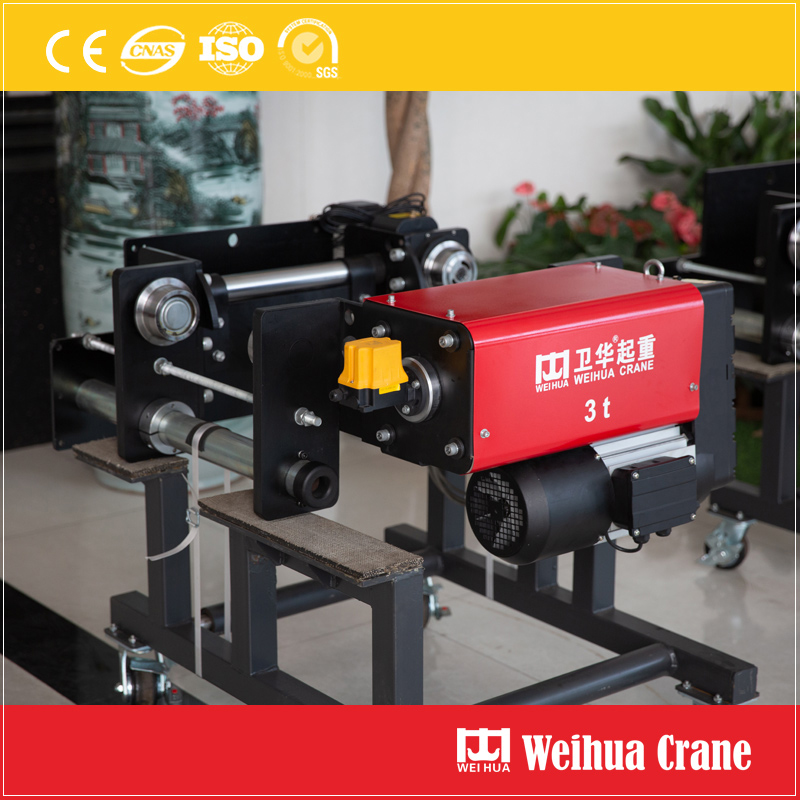
An IP rating consists of “IP” followed by two digits:
First Digit (Solid Particle Protection): Ranges from 0 (no protection) na 6 (dust-tight).
Second Digit (Liquid Ingress Protection): This is the crucial one for water. It ranges from 0 (no protection) to 9K (high-pressure, high-temperature water jets). For typical water resistance concerns, focus on digits 4 na 8.
IP44:
IP54:
IP55:
IP65:
IP66 / IP67:
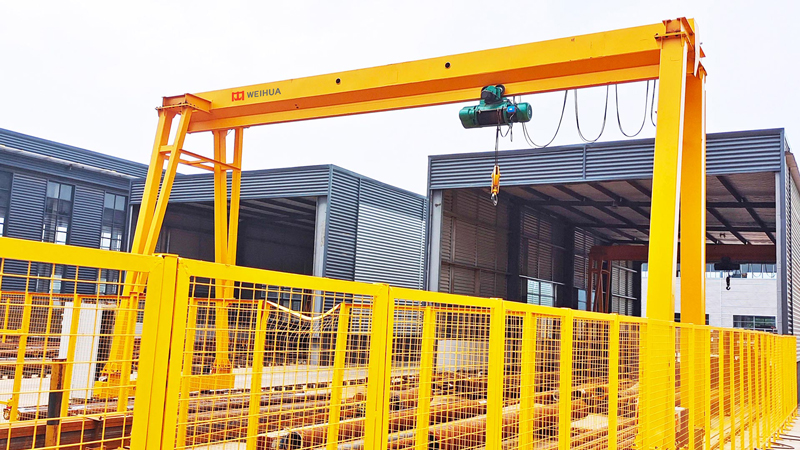
1. Check the SPECIFIC Rating: Never assume. The IP rating must be clearly stated in the hoist’s technical specifications or on its nameplate. This is non-negotiable for safety.
2. “Waterproof” is Rare: Truly waterproof (constant submersion, IP68/69K) hoists are specialized and costly. Most standard hoists are IP55 or below.
3. Corrosion: Even with a good IP rating, prolonged exposure to moisture (especially salt water) causes corrosion. Look for hoists with corrosion-resistant materials (NAPŘ., stainless steel components, special coatings) if operating in harsh environments.
4. Údržba: Water-resistant hoists still require diligent maintenance. Seals degrade over time. Regular inspection of seals, cords, plugs, and contact points is essential. Follow the manufacturer’s maintenance schedule rigorously.
5. Bezpečnost především: Using a hoist not rated for your environment is extremely dangerous. Water ingress can cause:
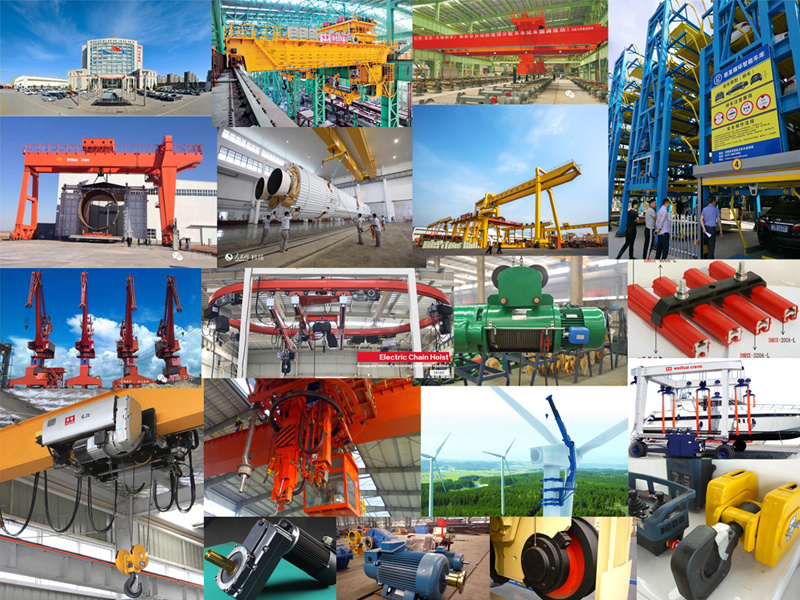
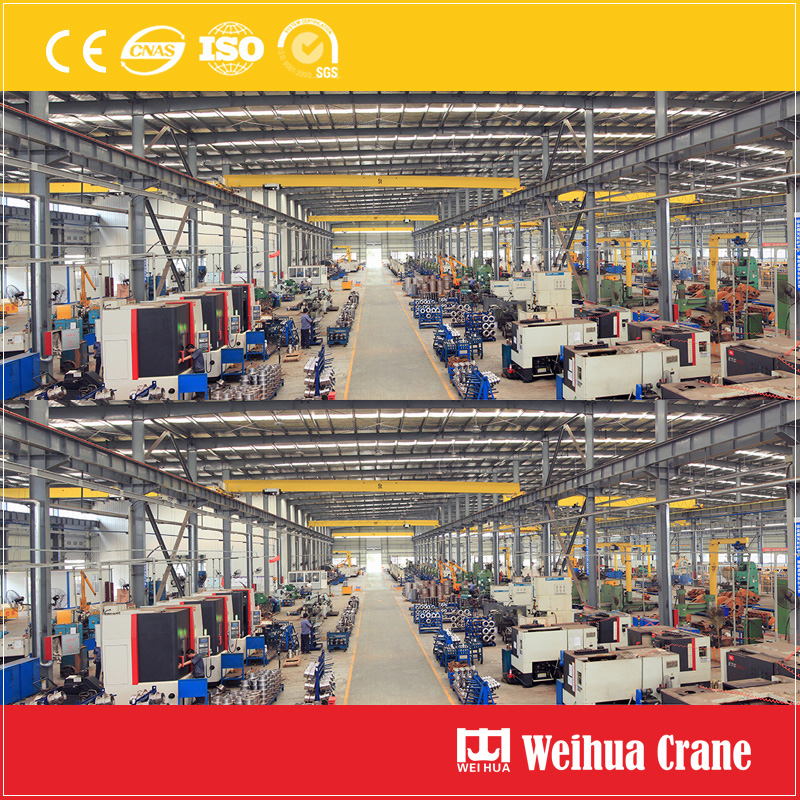
Závěr: Don’t Guess, Check the IP!
So, is your electric hoist waterproof? Look at its IP rating.
Never use an Elektrický zvedák in a wet environment unless its IP rating explicitly confirms it’s safe for those conditions. Always prioritize safety by consulting the manufacturer’s specifications and maintaining your equipment properly. Understanding IP ratings is the key to selecting the right hoist and ensuring safe, reliable operation where water is a factor.
Vážíme si vaší zpětné vazby! Vyplňte prosím níže uvedený formulář, abychom mohli přizpůsobit naše služby vašim konkrétním potřebám.
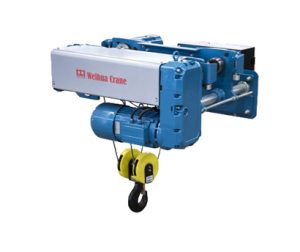
Jádro elektrického lanového kladkostroje se skládá z motoru, redukčním mechanismem, ……
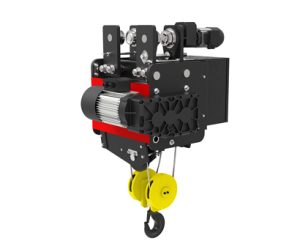
Have you ever been troubled by lifting difficulties in field operations, rescue sites, s……
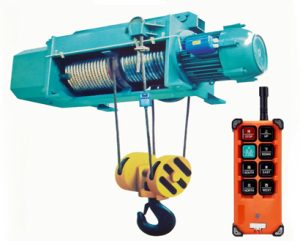
Proč si vybrat elektrický kladkostroj Weihua pro demontáž motoru? Tradiční motorové kladkostroje (třešeň……
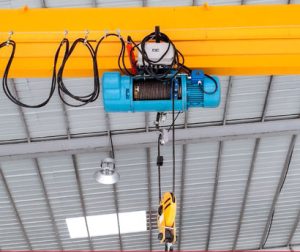
Weihha 2000 Librový elektrický kladkostroj kombinuje roky nashromážděné profese Weihua……
